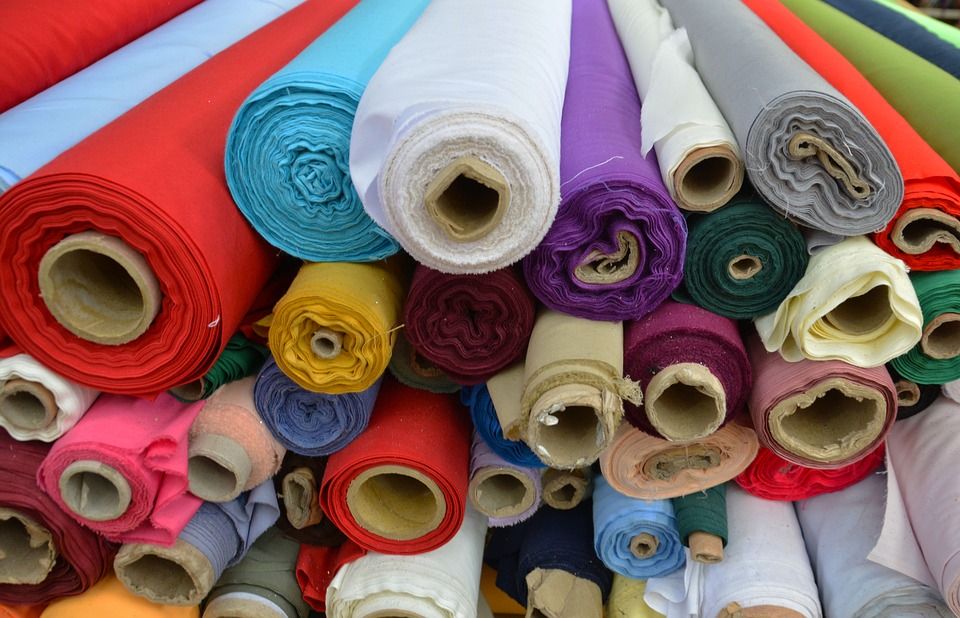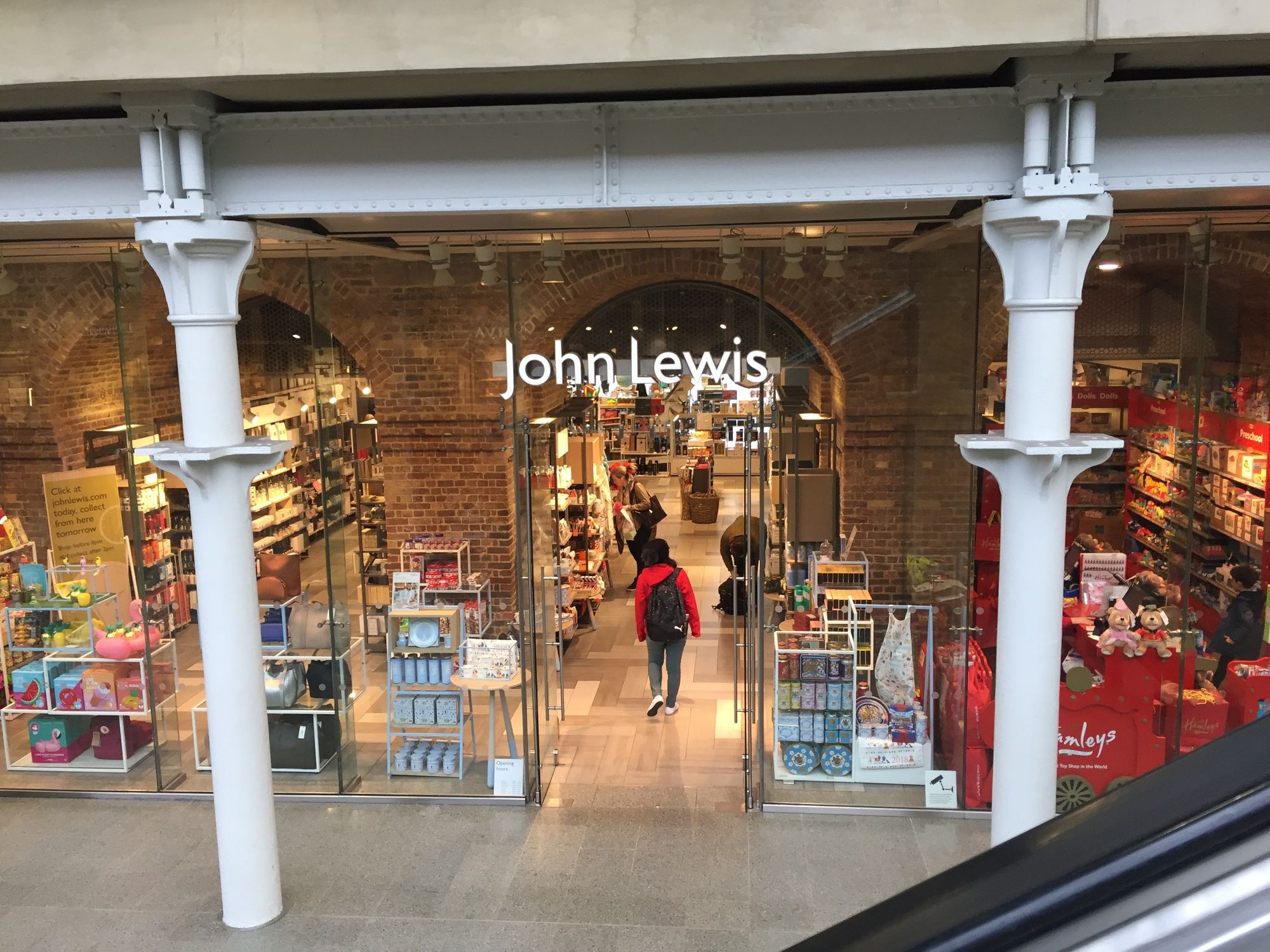When we talk about sustainable development, fashion doesn't always come to mind. This is because of the contrasting nature of both the terms. Fashion is fast and ever changing whereas sustainability is about moving slowly and steadily towards a constant broad vision. Sustainable Fashion is not a new term. It has been making a buzz since late 90’s when People Tree became the very first sustainable brand, soon followed by Patagonia and Espirit. It became popular in the last decade when the debate for environment protection began to take a full swing.
Fashion's impact on the environment
Fashion Industry contributes around 10% of total carbon dioxide emission and uses 1.5 trillion water annually according to the reports of IPCC (Intergovernmental Panel on Climate Change). The fashion world is aware of these figures and have started taking responsibility for their actions by adopting techniques and methodology to reduce their environmental impact.

Clothing manufacturing involves extraction of fibres from nature and uses extensive amounts of heat and energy to convert such raw materials into a final product. A lot of environmental degradation takes place in this process. Apparel industry alone generates 6.7 % of global greenhouse gas emissions out of which 50% is generated during the process of dyeing and finishing, yarn preparation and fibre extraction. The only way to bring down this number is by slowing down the production, but to meet the increasing demand of clothing manufacturers seems to be helpless and capitalizes the opportunity.
Buying back from the customer
One of the most common first-step that can be taken is recycling of worn out clothes, which is already being done by many manufacturers. A simplest approach towards recycling is donation of unwanted clothes. Brands have come up with various interesting ideas like door to door collection, placing colourful bins across the streets and educating customers about the importance of such donations made by them.
For example Vans recently partnered with TerraCycle for the purpose of collection of unwanted shoes and gave reward points in exchange to encourage customers to come out in large numbers. John Lewis also started a buy back scheme, where they buy worn out clothes from the customer which they purchased from any high street retailers and recycles them.

Second hand clothing
Promotion of second hand clothing will not only help in meeting increasing demand, but will also lead to less amount of production. Hence will reduce greenhouse emissions. It would be wrong to say that the apparel industry is not taking actions in the right direction. As of 2018, the second hand market was valued at 24 billion, with companies like Our Closet operating in the clothes rental space in the UK. This is expected to 1.5 times more than the fast fashion industry in next decade, according to TredUp.
Clothes swapping
Another community based approach to make fashion sustainable is clothing swap events and parties where the attendees bring the old and unwanted pieces of clothing in a predetermined amount and these are exchanged through games, barter or purchase. Leftover materials are donated. So instead of your unwanted clothes going into a dumpster and eventually landing up in a landfill, it goes to someone else’s wardrobe. Your trash becomes someone else’s treasure!
Final thoughts
Sustainable fashion can only be achieved through collective consciousness. It is not the sole responsibility of the fashion industry or consumers, but both have to join hands to make it possible and do their part towards saving our environment. Using eco friendly fabrics, replacement of fossil fuels with renewable energy sources are small steps that can be taken from the industry point of view.
Consumers need to start buying and increasing the demand for sustainable clothing which will encourage brands to expand their product line, washing clothes from biodegradable detergents, using clothes for a longer period of time and taking part in events like donations and clothing swap. These tiny steps will help in reduction of environmental impact of what we wear.
Interested in retail or pricing? Drop your email here and we’ll get back to you!